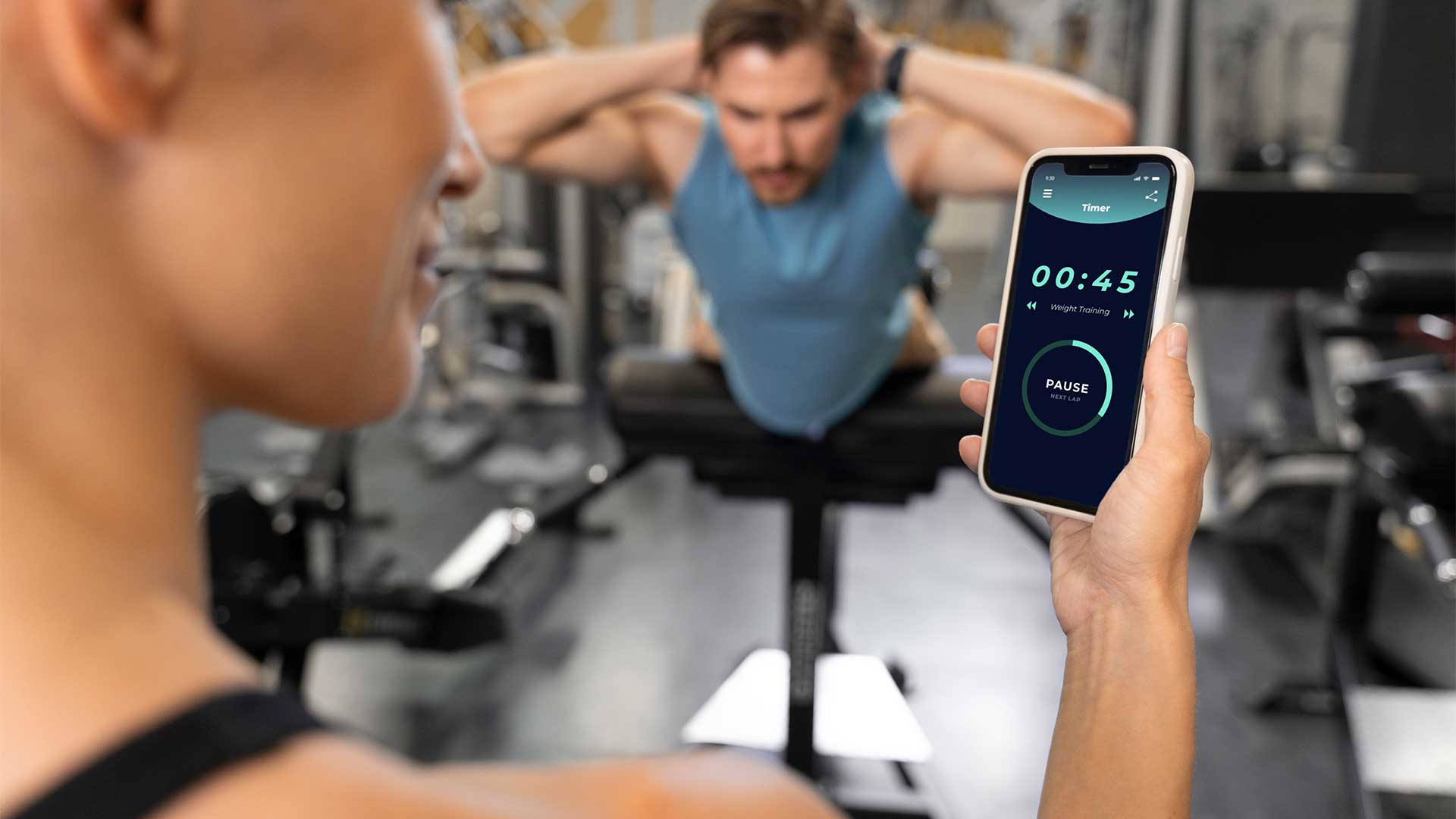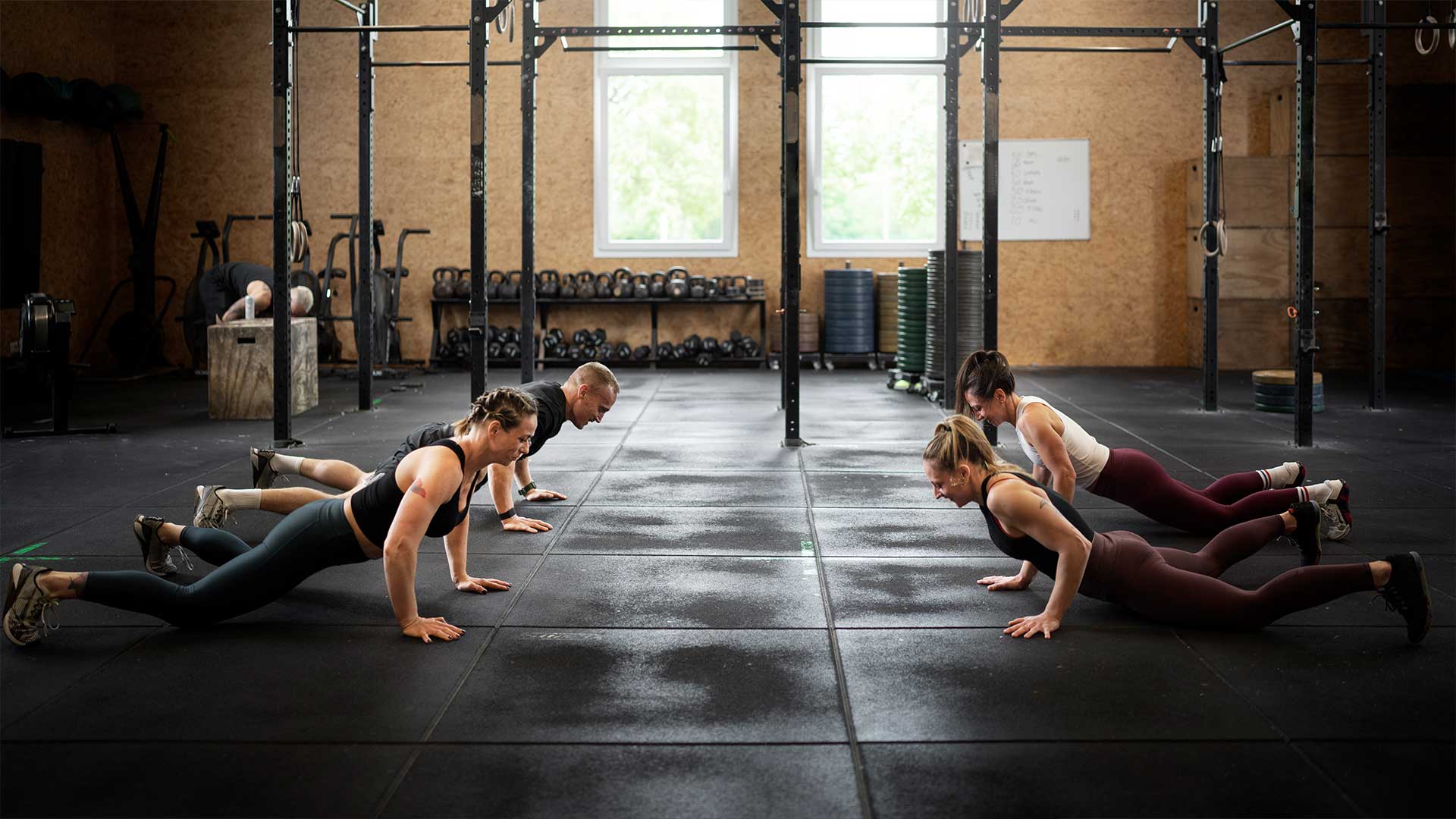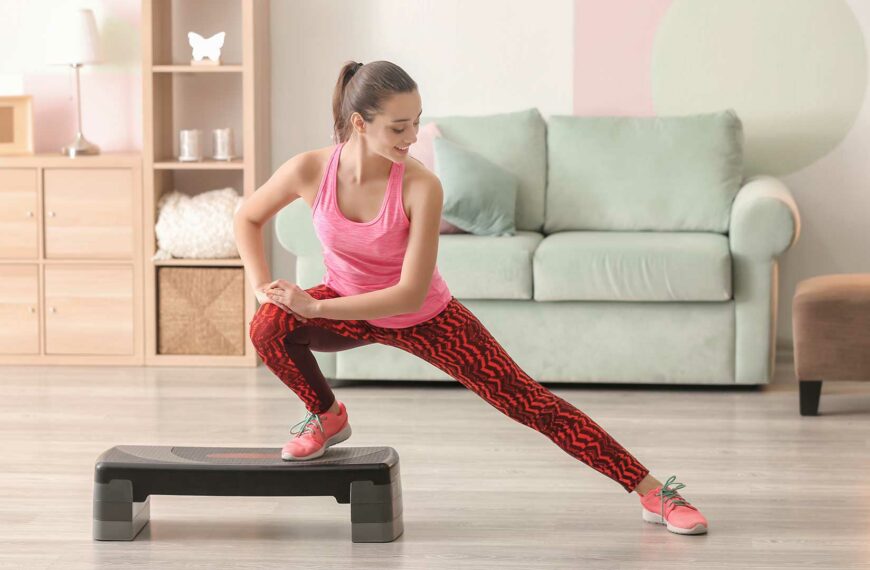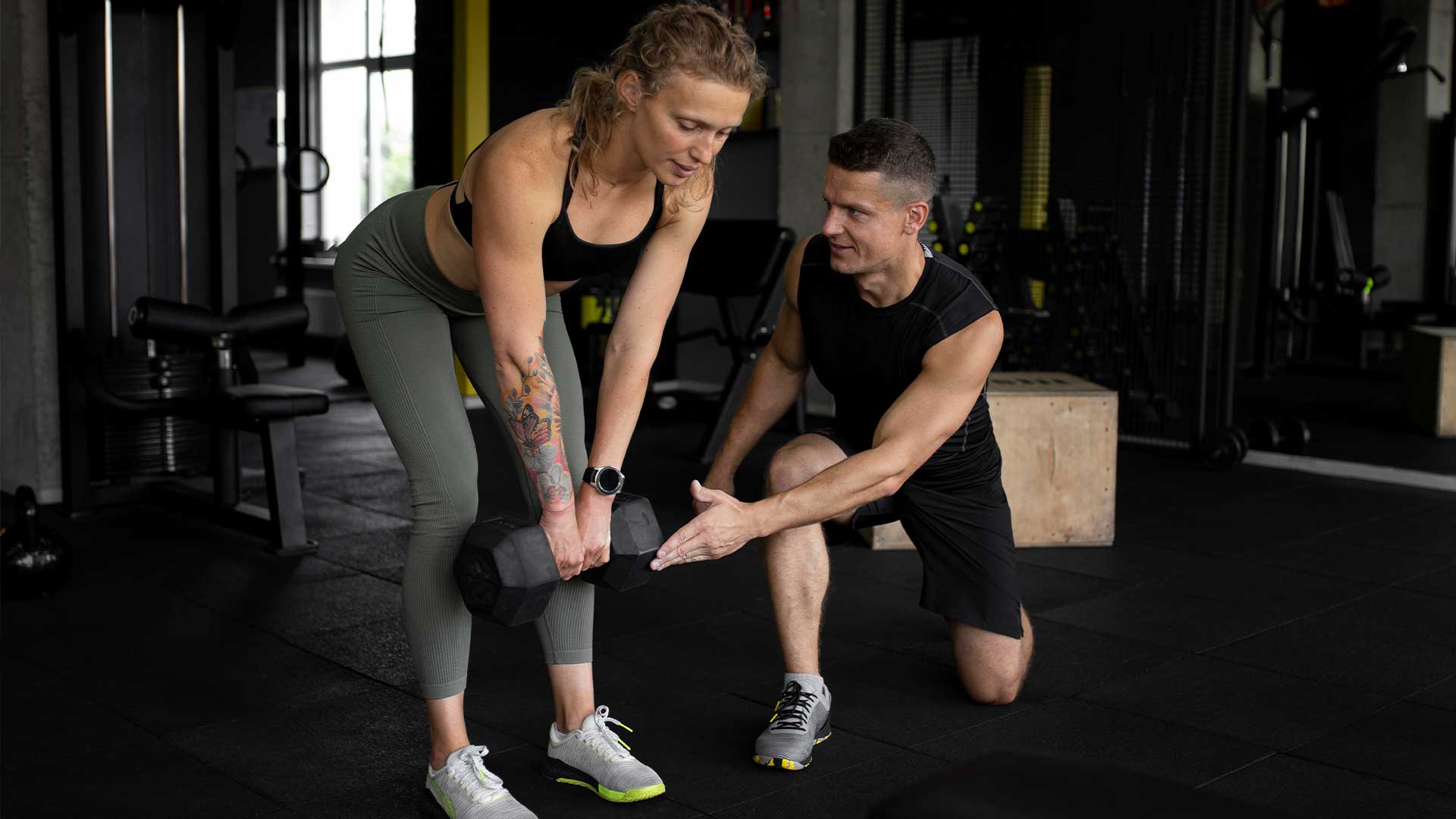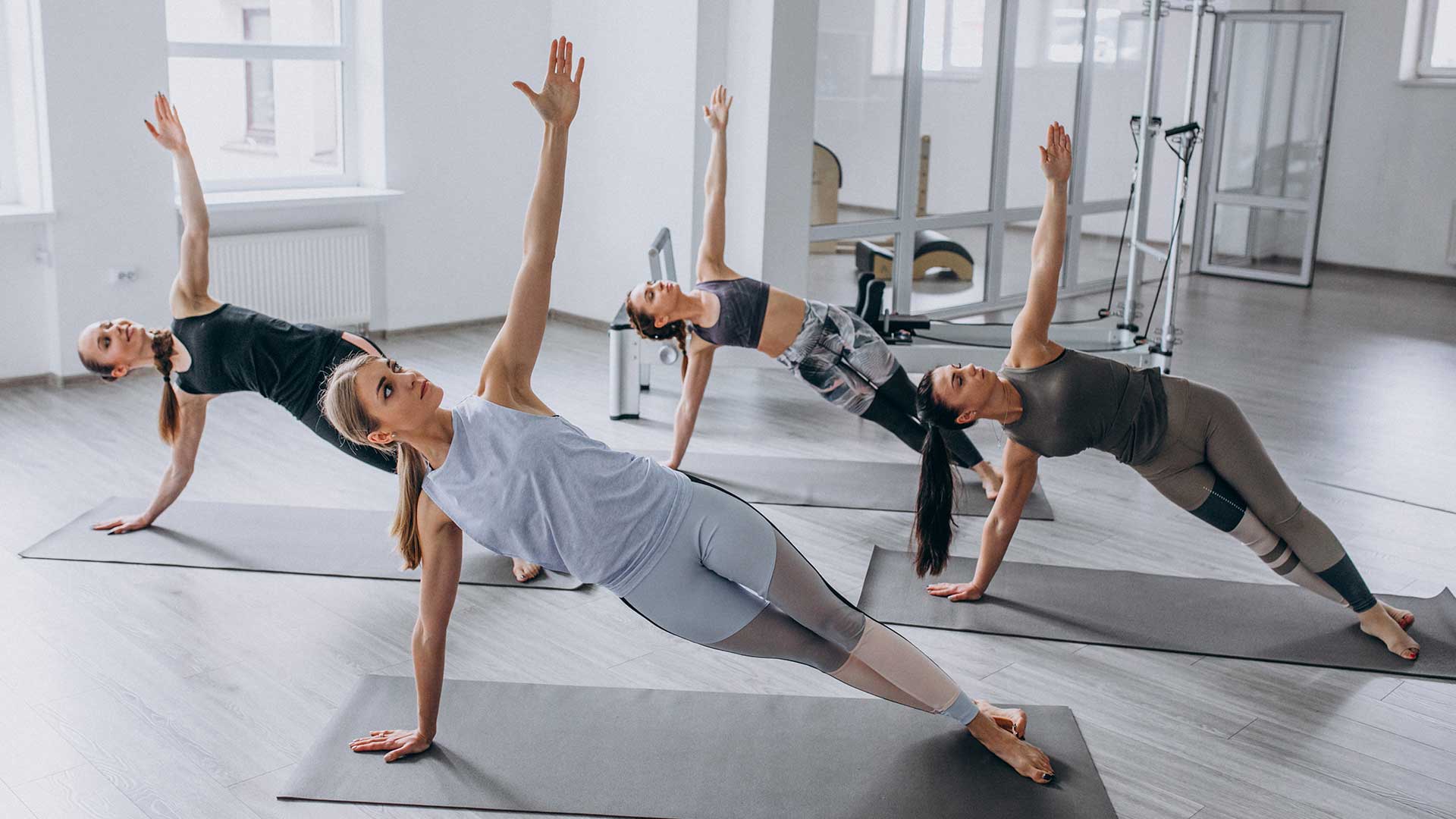| Fitness App | Features | Price |
|---|---|---|
| MyFitnessPal | Calorie tracking, macro tracking, exercise tracking, recipes, community support | Free or $9.99/month for premium |
| Fitbit | Activity tracking, sleep tracking, heart rate monitoring, calorie tracking, mobile app, social support | $99.95-$329.95 |
| Nike Training Club | Workout plans, video tutorials, personalized training, progress tracking, community support | Free |
| Strava | GPS tracking, route mapping, activity tracking, personalized coaching, community support | Free or $7.99/month for premium |
| MapMyFitness | GPS tracking, route mapping, activity tracking, personalized coaching, nutrition tracking, community support | Free or $5.99/month for MVP |
Are you looking to achieve your personal goals through fitness? If so, you’re in the right place! This guide will provide you with a step-by-step approach to help you achieve your goals and create a plan that fits your lifestyle.
Incorporating fitness into your daily routine can help you achieve your personal goals and improve your overall quality of life. Regular exercise has been shown to have a positive impact on mental health, reducing stress and anxiety levels, and boosting mood.
Step 1: Identify Your Personal Goals
The first step in achieving your personal fitness goals is to identify what those goals are. Do you want to lose weight? Build muscle? Improve your cardiovascular endurance? Once you have a clear idea of what you want to achieve, you can create a plan to get there.
Set realistic goals that you can achieve within a reasonable timeframe. Aiming to lose 10 pounds in a week is not a realistic goal, and trying to achieve it will only lead to disappointment and frustration. Instead, aim to lose 1-2 pounds per week and celebrate your progress along the way.
Step 2: Create a Plan
Once you’ve identified your personal goals, it’s time to create a plan to achieve them. This plan should include both diet and exercise components, as both are important for achieving your goals.
When it comes to diet, focus on eating a balanced, nutrient-dense diet that is rich in whole foods. Avoid highly processed foods and sugary drinks, and instead opt for lean protein, healthy fats, and plenty of fruits and vegetables.
In terms of exercise, aim to incorporate both cardiovascular exercise and strength training into your routine. Cardiovascular exercise, such as running, cycling, or swimming, will help you burn calories and improve your cardiovascular health. Strength training, on the other hand, will help you build muscle and improve your overall body composition.
Step 3: Find the Right Workout Program
Finding the right workout program is key to achieving your personal fitness goals. There are many different workout programs out there, each targeting different goals and fitness levels. Some popular workout programs include:
-
- High-Intensity Interval Training (HIIT): HIIT workouts are short, intense workouts that combine cardiovascular and strength training exercises. They are great for burning calories and improving cardiovascular health.
-
- Weightlifting: Weightlifting involves lifting weights to build muscle and improve body composition. It is a great option for those looking to build strength and muscle mas
-
- Yoga: Yoga is a great option for improving flexibility, balance, and overall body awareness. It can also help reduce stress and anxiety levels.
When choosing a workout program, consider your personal preferences, fitness level, and the time and resources you have available. Choose a program that you enjoy and that fits into your lifestyle.
Step 4: Make Time for Exercise
Making time for exercise is crucial if you want to achieve your personal fitness goals. Try to schedule your workouts at the same time each day to create a routine. This will help you stay consistent and make exercise a habit. You can also try breaking up your workouts into shorter, more manageable sessions throughout the day if time is an issue.
Step 5: Incorporate Strength Training
Incorporating strength training into your workout routine is crucial for achieving your personal fitness goals. Strength training helps you build muscle and improve body composition, which can improve your overall health and well-being.
When it comes to strength training, it’s important to start with the basics and gradually progress. Focus on compound exercises that work multiple muscle groups at once, such as squats, deadlifts, and bench presses. Aim to lift weights that are challenging but still allow you to perform the exercises with proper form.
Step 6: Track Your Progress
Tracking your progress is essential for staying motivated and on track towards your personal fitness goals. There are many different ways to track your progress, including:
-
- Taking progress photos: Taking photos of yourself at regular intervals can help you see changes in your body composition over time.
-
- Using a fitness app: Fitness apps can help you track your workouts, calories burned, and other fitness metrics.
-
- Keeping a workout journal: Writing down your workouts and tracking your progress can help you see how far you’ve come and identify areas where you can improve.
Step 7: Stay Accountable
Staying accountable is key to achieving your personal fitness goals. One way to stay accountable is to find a workout buddy or accountability partner who can help motivate you and keep you on track. You can also join a fitness class or hire a personal trainer to help keep you accountable and provide guidance and support.

Step 8: Celebrate Your Successes
Celebrating your successes along the way is important for staying motivated and on track toward your personal fitness goals. Take time to celebrate small victories, such as hitting a new personal best in the gym or losing a few pounds.
Remember, achieving your personal goals through fitness is a journey, not a destination. Celebrating your successes along the way can help you stay motivated and enjoy the process.
Step 9: Stay Positive
Finally, it’s important to stay positive throughout your fitness journey. There will be setbacks and challenges along the way, but maintaining a positive attitude can help you overcome them and stay on track towards your goals.
Instead of focusing on what you haven’t achieved, focus on how far you’ve come and the progress you’ve made. Celebrate your successes, stay consistent, and stay positive, and you’ll be well on your way to achieving your personal fitness goals.
Conclusion
Achieving your personal goals through fitness requires dedication, hard work, and a commitment to your plan. By identifying your goals, creating a plan, finding the right workout program, making time for exercise, incorporating strength training, tracking your progress, staying accountable, celebrating your successes, and staying positive, you can achieve anything you set your mind to. Start your fitness journey today and see just how far you can go!
Common Questions
Q: Who can benefit from setting personal fitness goals?
A: Anyone looking to improve their health and fitness.
Q: What are some examples of personal fitness goals?
A: Running a 5K, losing weight, increasing flexibility.
Q: How can fitness help achieve personal goals?
A: Exercise boosts confidence, reduces stress, and promotes discipline.
Q: What if I’m not seeing results right away?
A: Stay committed and adjust your routine if necessary.
Q: How do I stay motivated to reach my goals?>
A: Set achievable milestones and reward yourself for progress.
Q: What if I don’t have a lot of time for fitness?
A: Incorporate small changes like taking the stairs or going for a walk during lunch.
